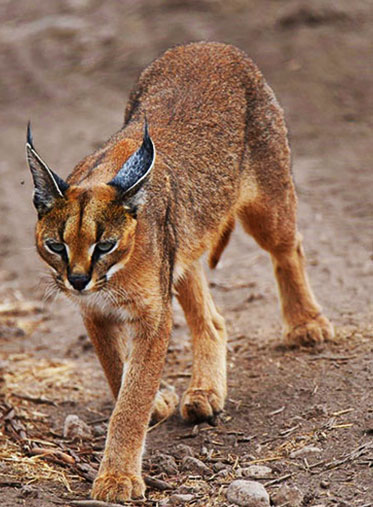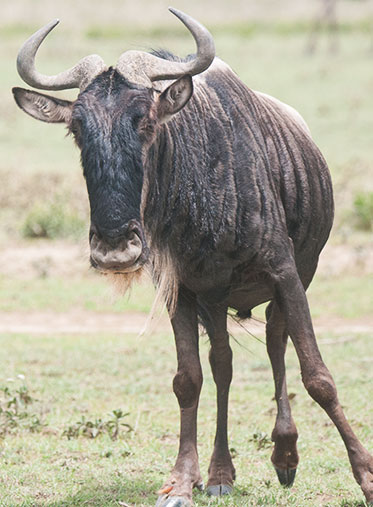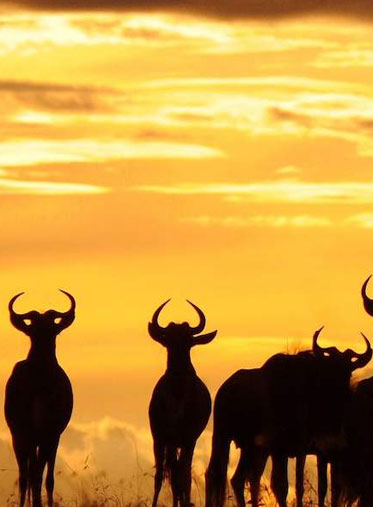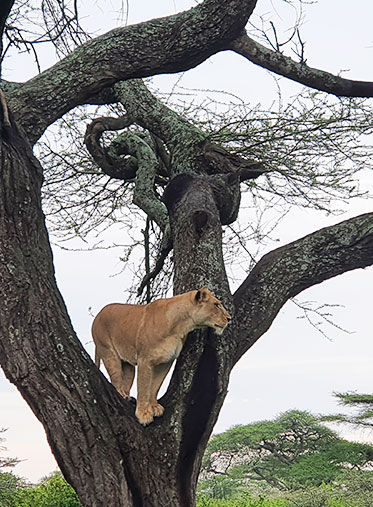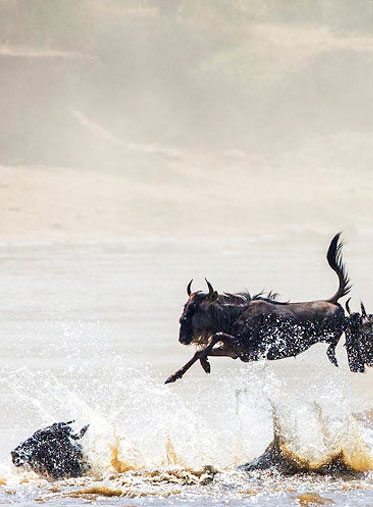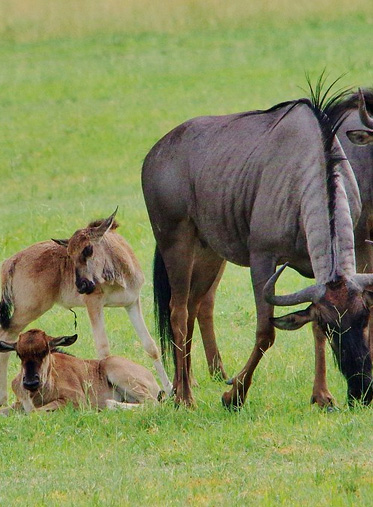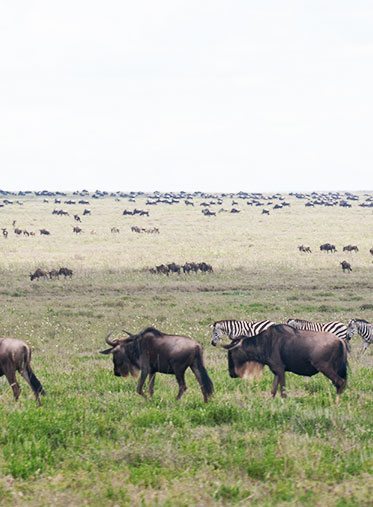Tanzania Great Wildebeest Migration- Tour
The Tanzania Great Wildebeest Migration Tour and Safari is over one million wildebeest journeys in synchronization across the vast plains of the Serengeti park. It’s mid-March in northern Tanzania. During the Great Wildebeest Migration the thousands of animals are happily milling on the rolling plains of the Serengeti. During the Calving season The female wildebeest and Some Zebras have just dropped their calves in a beautiful display of new life, as the youngster’s blunder and reel to their feet and are up and running within minutes. There’s still plenty of food to go around, and life must seem pretty idyllic for the wildebeest Migration. Let discover below and choose the package of Tanzania Great Wildebeest Migration tour and Safari.
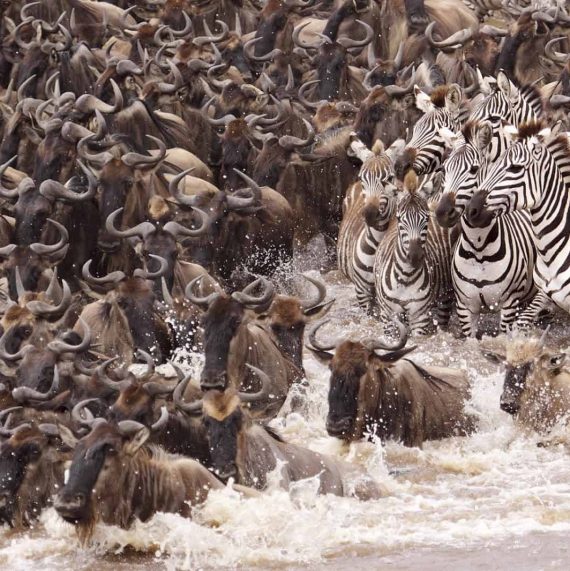
The Great Migration Earth
Numerous zebra and gazelle accompany the wildebeest as they migrate for over two thousand miles and can be witnessed all year round. The great migration varies from year to year but we have the lead on where you should go to find yourself amidst the big migration.
In Tanzania, the style in which you experience To Witness great migration can be tailored to suit your desires, whether that entails a luxury safari or camping safari is entirely up to you. The national parks offer remarkable landscapes and an abundance of wildlife sightings.
Pounding the earth with millions of hooves, they travel in a clockwise direction towards the long grass plains and woodland, heading up towards the central Seronera Serengeti Plains and into the Serengeti’s Western Corridor, leaving their arid breeding ground behind. May is also the mating season for the wildebeest, and the competition is fierce as the male wildebeest rut and battle to win female attention and stamp their territory. These strapping contests of manhood are staggering to behold.
By June, the migration reaches the Grumeti River. This is the first of 2 river crossings that the animals face and for many, unfortunately, it is also the last. Weary from their slog so far, many of the animals do not have the strength to run the gauntlet of large, hungry crocodiles and cross to the safety of the opposite bank.
The lucky ones that make it across the Grumeti River now head towards the Kenyan border, but before they’re rewarded with the lush pastures of the Masai Mara, they’re forced to make yet another river crossing. This time it’s the fast-flowing, deep Mara River, beset once again with danger from eddying currents and swarming crocodiles. This is the most perilous part of the journey and it’s a literal case of survival of the fittest – a spectacular show of nature at its wildest and most brutal.
Finally, after its exhausting trek, the herd reaches its destination and from August to October, the Masai plains are filled with grazing wildebeest, zebra, and gazelles. Of course, this doesn’t mean that life becomes easy, as danger still lurks in the form of hunting pride of lion and hyena. Wherever the herd goes, the predators follow.
The rains begin again in the south around November time, drawing the herd back to its calving grounds. The animals set off on their journey back towards Tanzania to complete this incredible circle of life. And so in February, the calving season gets underway again on the Serengeti and the story repeats itself year after year. So, for the herd, the journey never really ends. It’s constantly on the move in a struggle for survival.
Tanzania Great Wildebeest Migration Safari & Tours
The story begins with the wildebeest calving season in the Ndutu region of the Ngorongoro Conservation Area and the Southern Serengeti plains, where the wildebeest begin to congregate together from December. Amazingly, it’s estimated that 500,000 of these calves are born during a tiny 2 to 3-week window in February! The mass calving season attracts all kinds of predators to the area, all eager to snag themselves newborn calves.
With the rains beginning to end, the ground dries up very quickly, so the Great migration of Wildebeest in Serengeti starts its long trek between April and May, heading for the greener land of the Masai Mara.
Explore our featured Wildebeest Serengeti Migration Safaris


